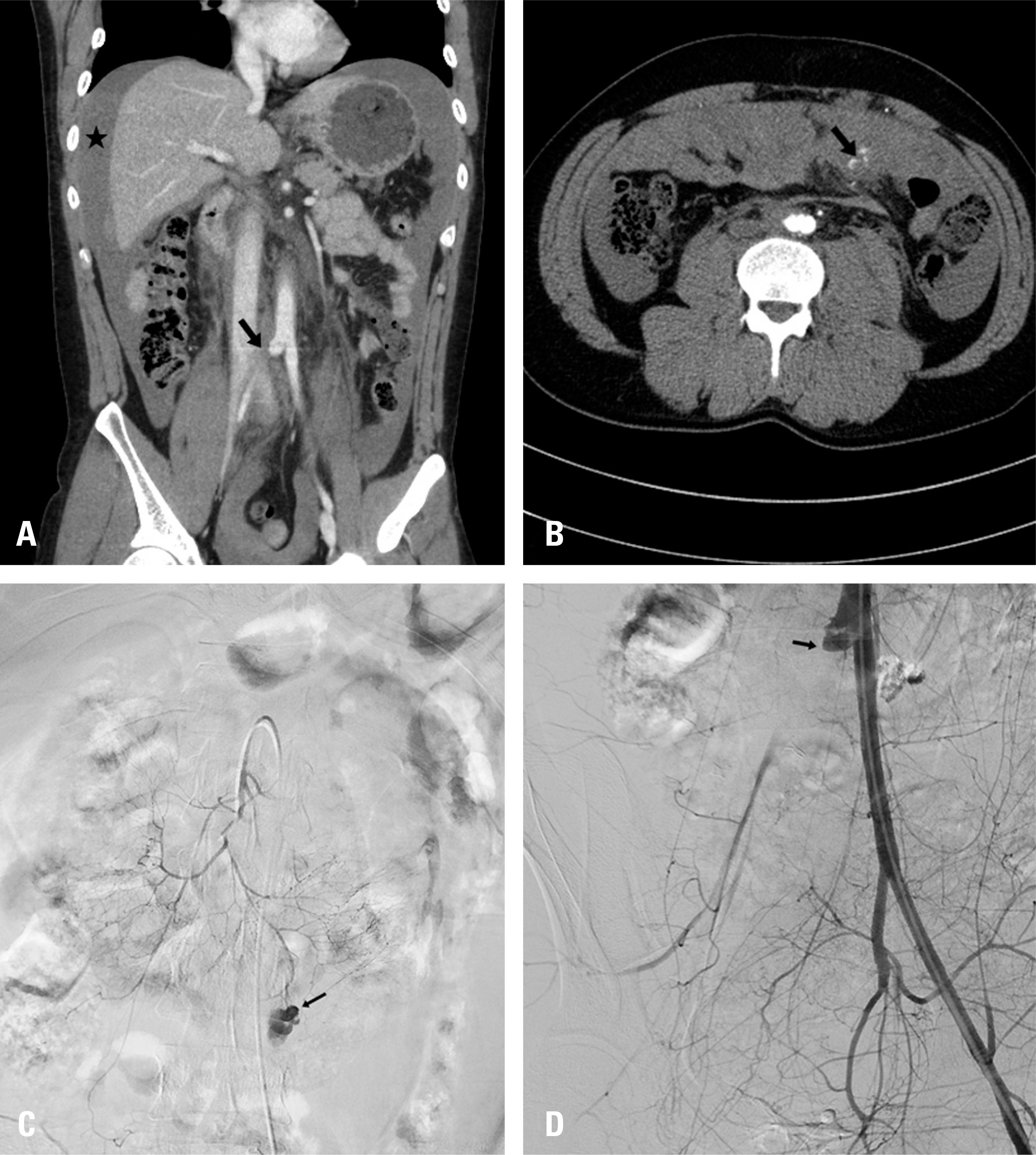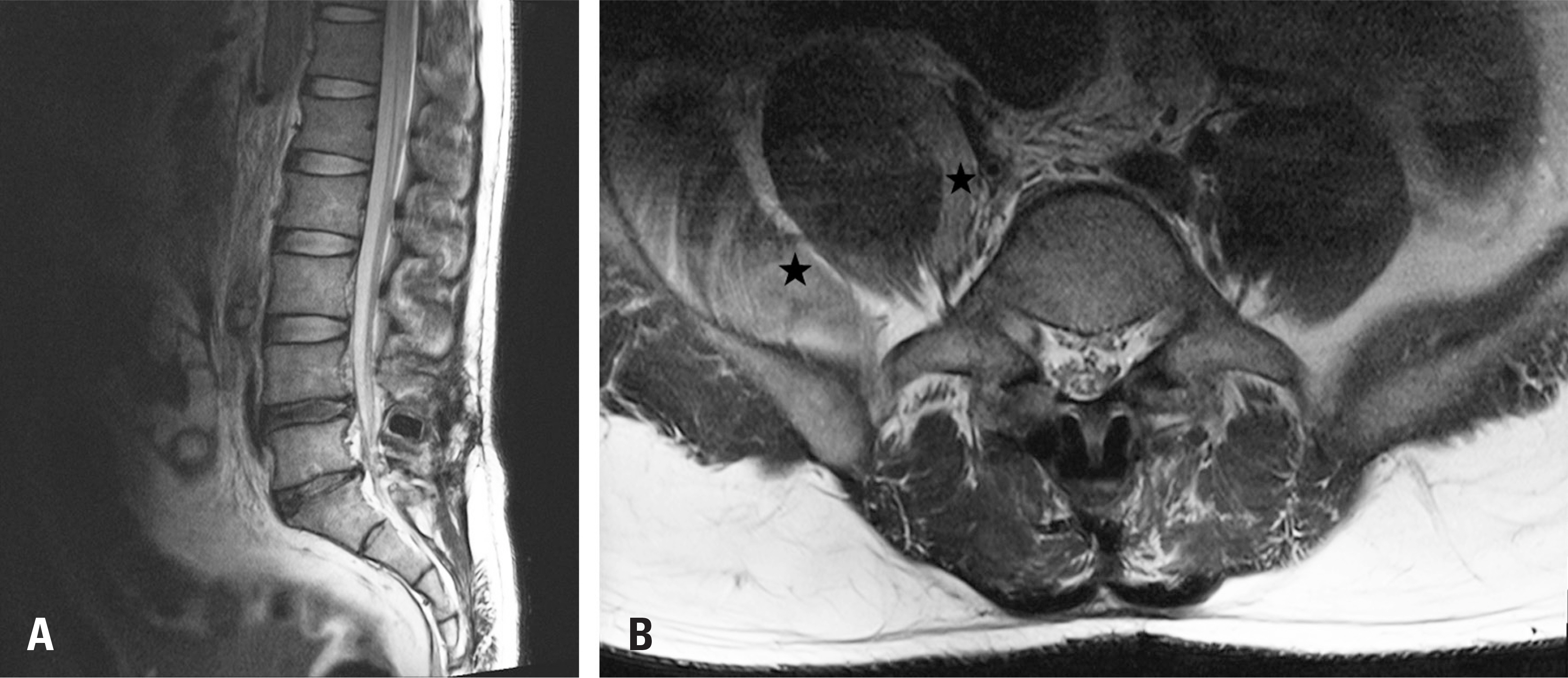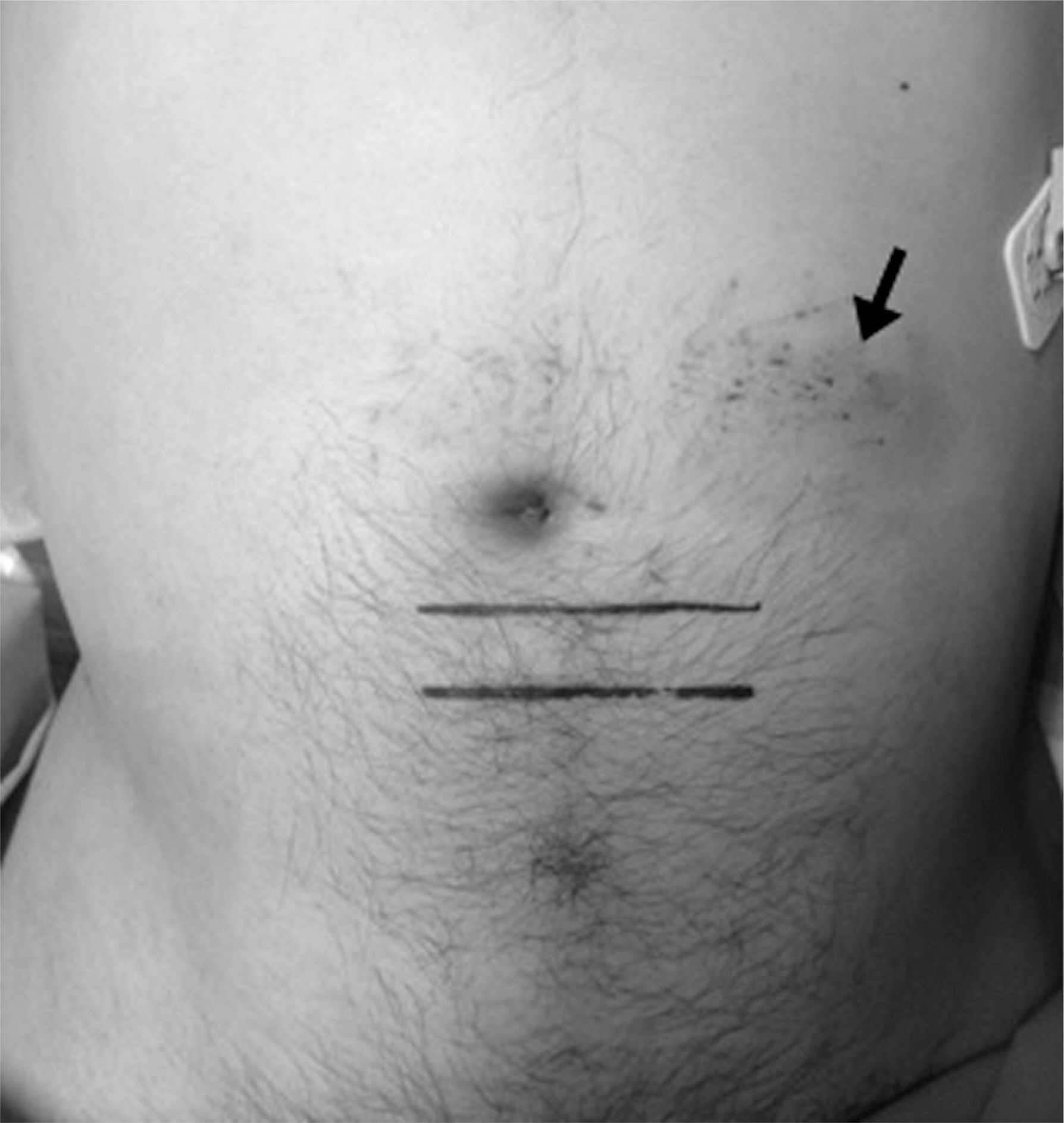J Korean Soc Spine Surg.
2017 Mar;24(1):39-43. 10.4184/jkss.2017.24.1.39.
Traumatic Lumbar Plexopathy by Seat Belt Injury
- Affiliations
-
- 1Department of Orthopedic Surgery, National Health Insurance Service; Ilsan Hospital, Yonsei University College of Medicine, Korea. jwha@nhimc.or.kr
- 2Department of General Surgery, National Health Insurance Service; Ilsan Hospital, Yonsei University College of Medicine, Korea.
- KMID: 2402841
- DOI: http://doi.org/10.4184/jkss.2017.24.1.39
Abstract
- STUDY DESIGN: A case report.
OBJECTIVES
To report and discuss an extremely uncommon cause of lumbar plexopathy seat belt injury. SUMMARY OF LITERATURE REVIEW: For patients who undergo traffic accidents, most cases of seat belt injury cause trauma to the lower torso. Seat belt injury is associated with variable clinical problems such as vascular injury, intestinal injury (perforation), vertebral injury (flexion-distraction injury), chest wall injury, diaphragmatic rupture/hernia, bladder rupture, lumbosacral plexopathy, and other related conditions.
MATERIALS AND METHODS
A 38-year-old male truck driver (traffic accident victim) who suffered monoplegia of his right leg due to lumbar plexus injury without spinal column involvement. Injury to a lumbar plexus and the internal vasculatures originated from direct compression to internal abdominal organs (the iliopsoas muscle and internal vasculatures anterior to the lumbar vertebrae) caused by the seat belt. We have illustrated an extremely uncommon cause of a neurologic deficit from a traffic accident through this case.
RESULTS
Under the impression of traumatic lumbar plexopathy, we managed it conservatively, and the patient showed signs of recovery from neurologic deficit.
CONCLUSIONS
We need to review the lumbar plexus pathway, in patients with atypical motor weakness and sensory loss of the lower extremities which are not unaccompanied by demonstrable spinal lesions. Therefore, close history taking, physical examination and comprehension of injury mechanism are important in the diagnosis.
Keyword
MeSH Terms
Figure
Reference
-
1. Onu DO, Hunn AW, Bohmer RD. Seat belt syndrome with unstable Chance fracture dislocation of the second lumbar vertebra without neurological deficits. BMJ Case Rep[Internet]. 2014 Jan 8. Available form: http://caser-eports.bmj.com/content/2014/bcr-2013-202412.
Article2. Bushby N, Wickramasinghe SY, Wickramasinghe DN. Lumbosacral plexopathy due to a rupture of a common Iliac artery aneurysm. Emerg Med Australas. 2010; 22:351–3.
Article3. Freni L, Barbetta I, Mazzaccaro D, et al. Seat belt injuries of the abdominal aorta in adults–case report and literature review. Vasc Endovascular Surg. 2013; 47:138–47.
Article4. Campbell DK, Austin RF. Seat-belt injury: injury of the abdominal aorta. Radiology. 1969; 92:123–4.
Article5. Planner AC, Donaghy M, Moore NR. Causes of lumbosacral plexopathy. Clinical Radiol. 2006; 61:987–95.
Article6. Crosby ET, Reid DR, DiPrimio G, et al. Lumbosacral plexopathy from iliopsoas haematoma after combined gen-eral-epidural anaesthesia for abdominal aneurysmectomy. Can J Anaesth. 1998; 45:46–51.
Article
- Full Text Links
- Actions
-
Cited
- CITED
-
- Close
- Share
- Similar articles
-
- Appendiceal transection associated with seat belt restraint
- Delayed presentation of an entrapped small bowel loop stricture in a case of seat belt injury with the seat belt sign: laparoscopic resection and anastomosis
- Rapid Healing and Remodeling Process of Pediatric Seat-Belt Fracture without Surgical Treatment
- Seat belt injury
- Bipolar Clavicular Dislocation: A Case Report




